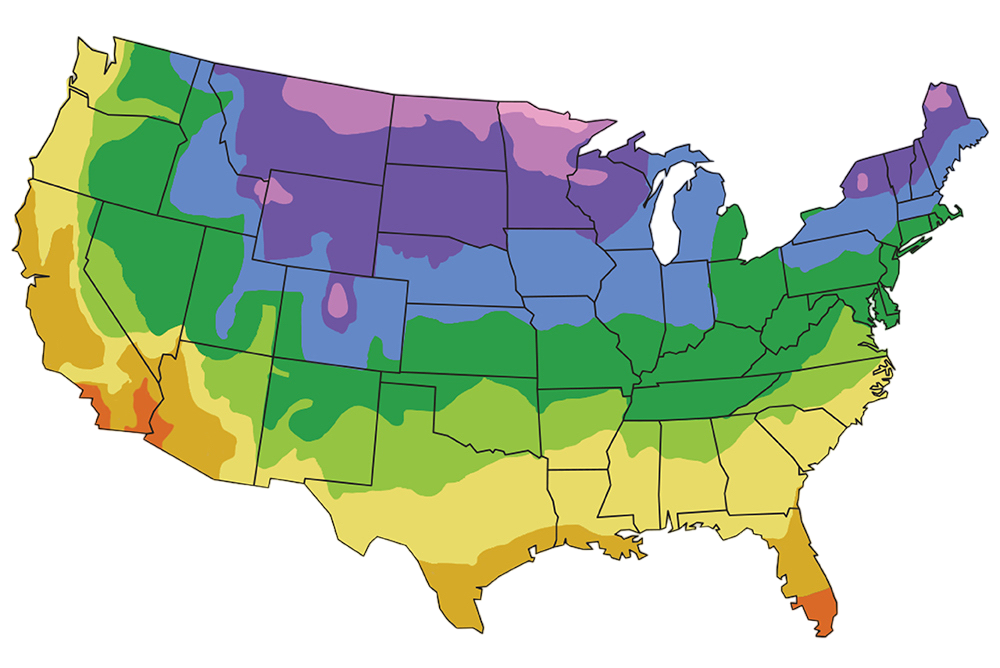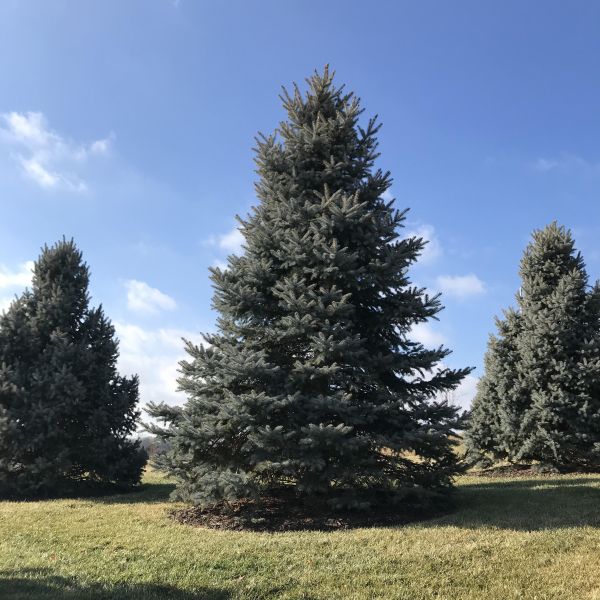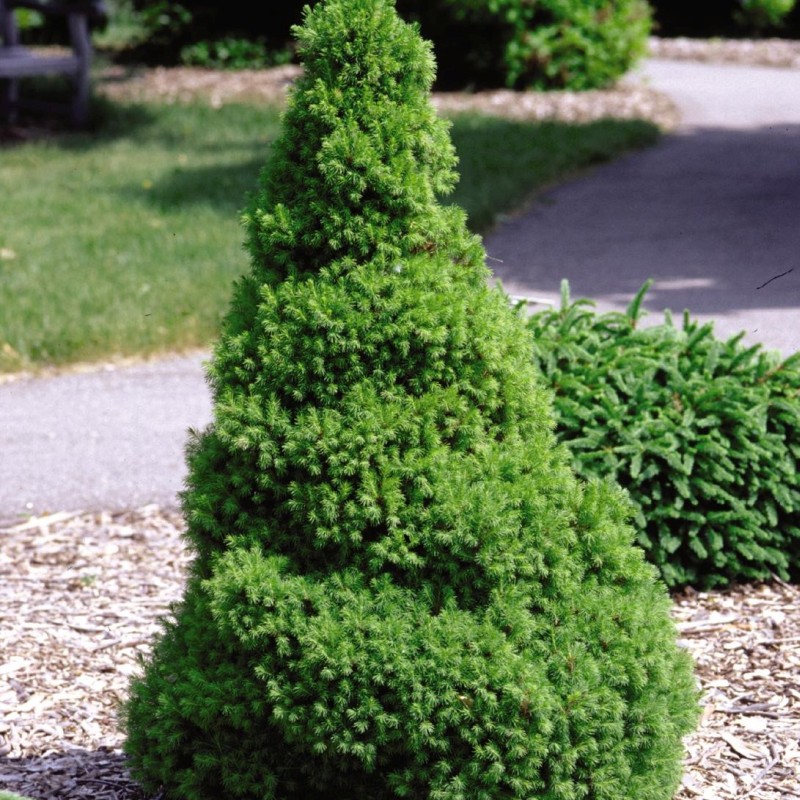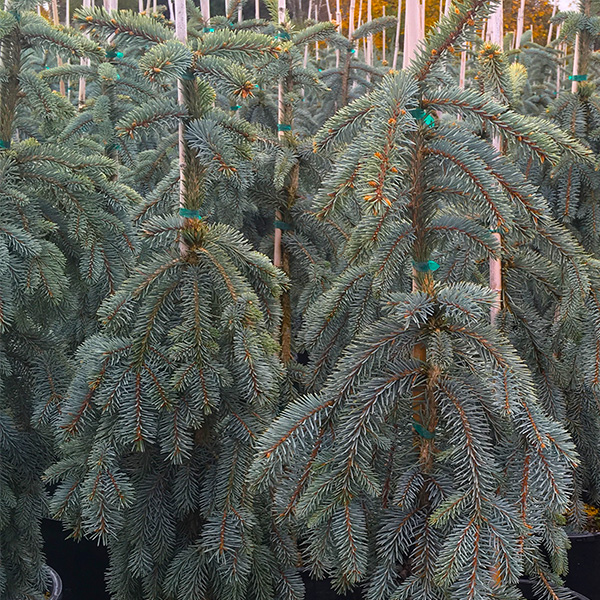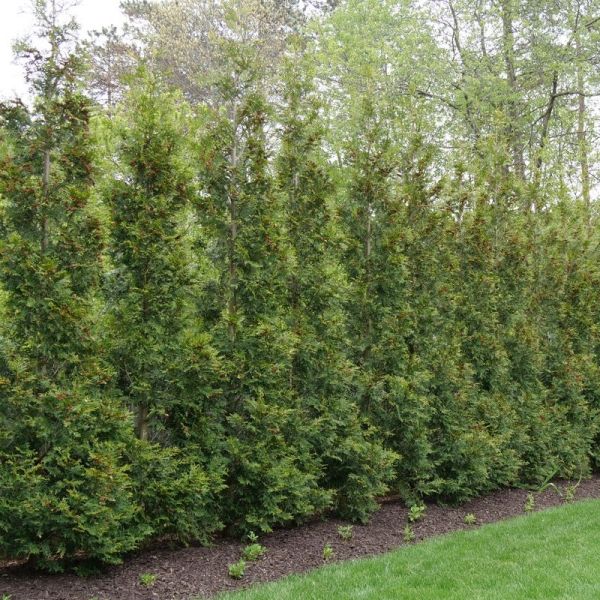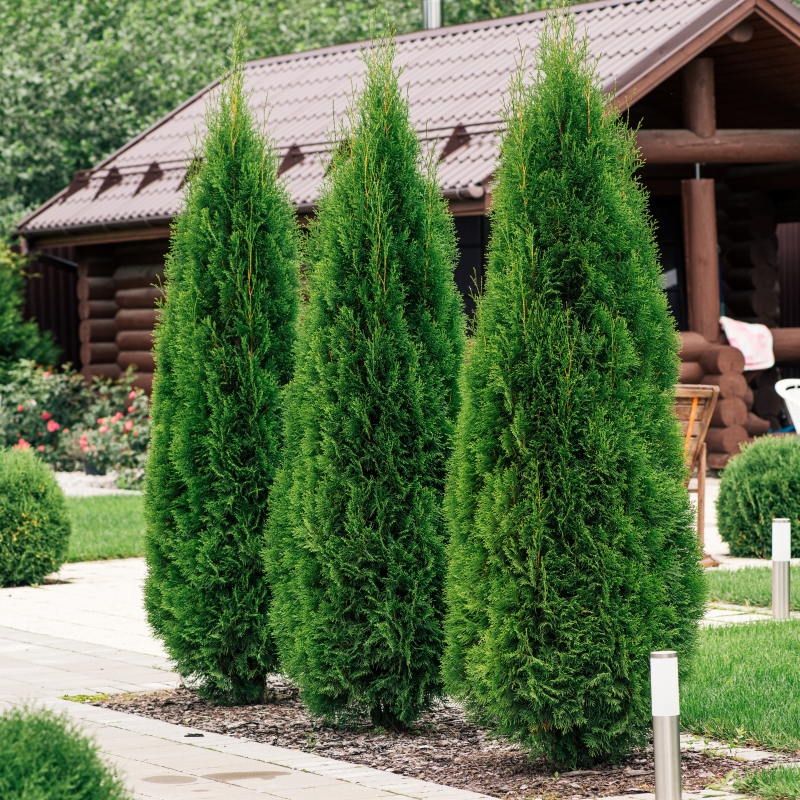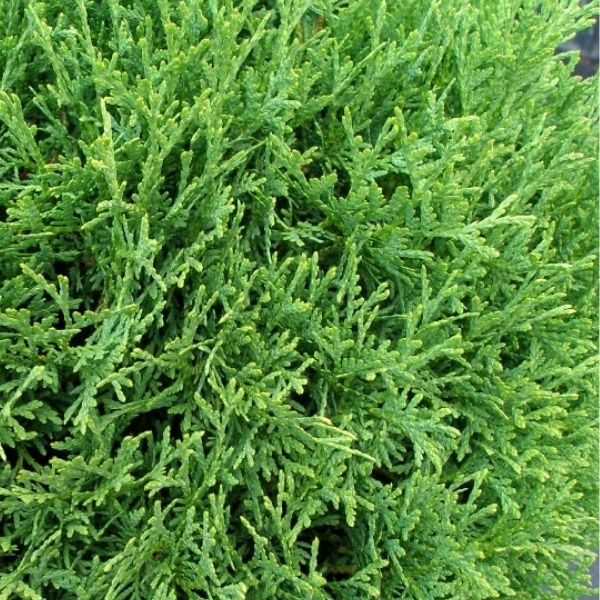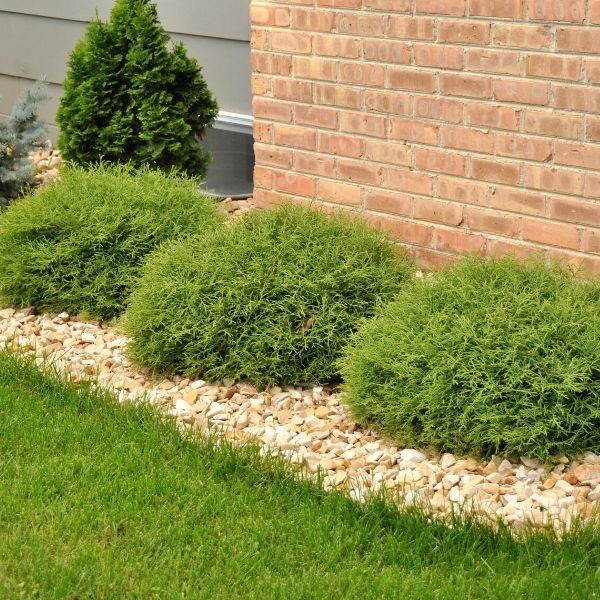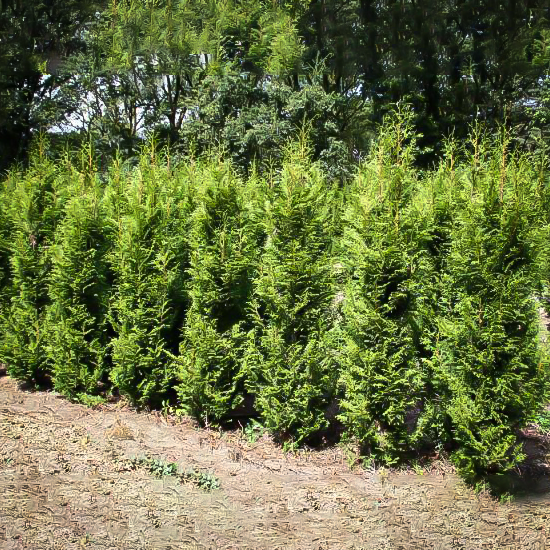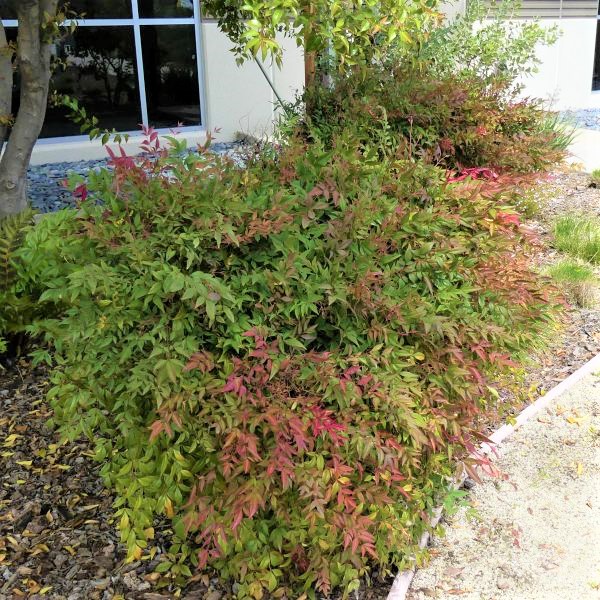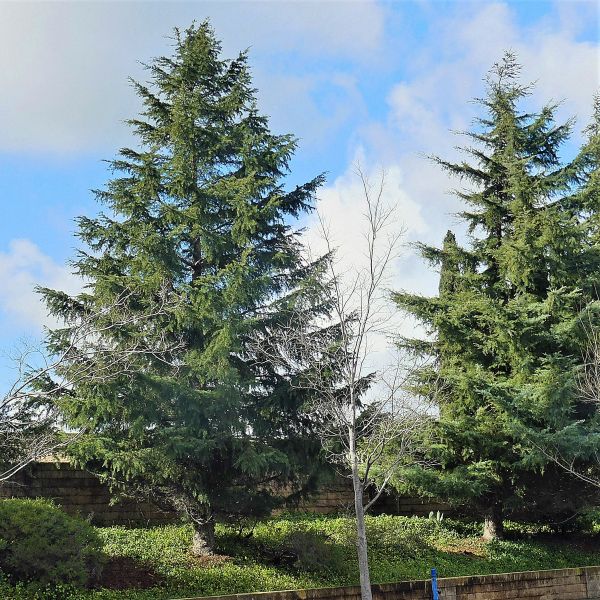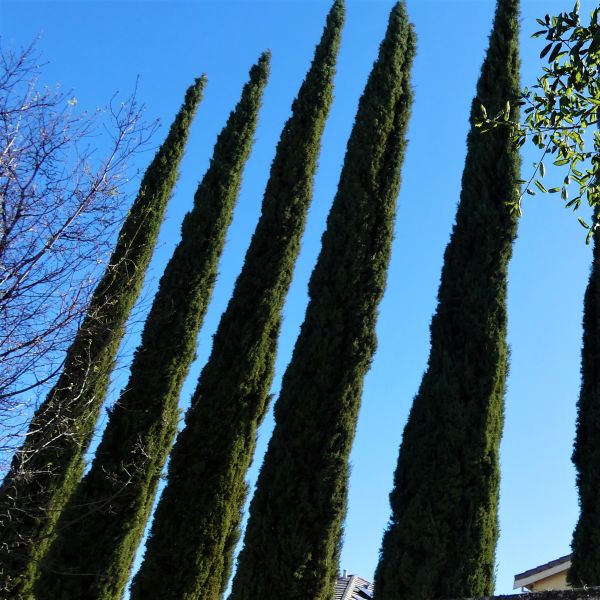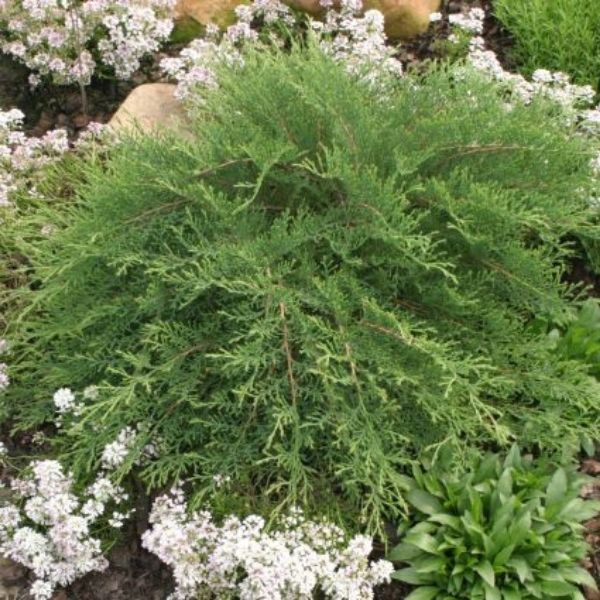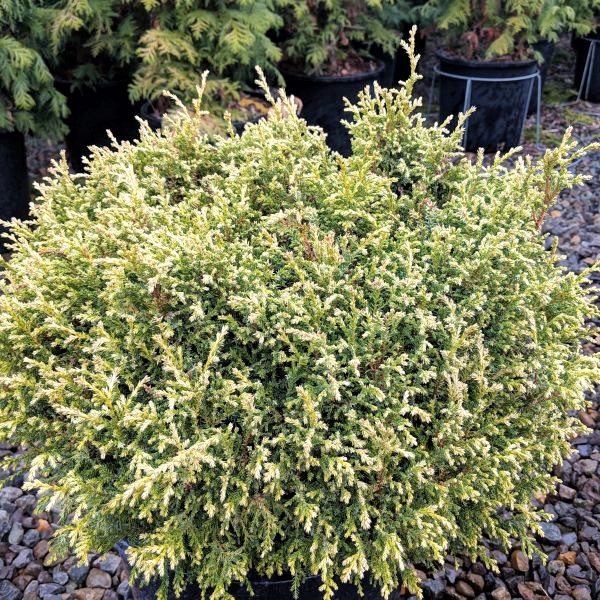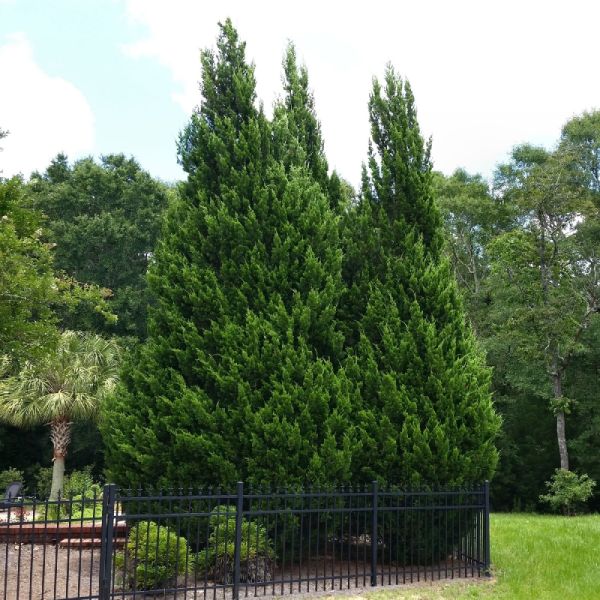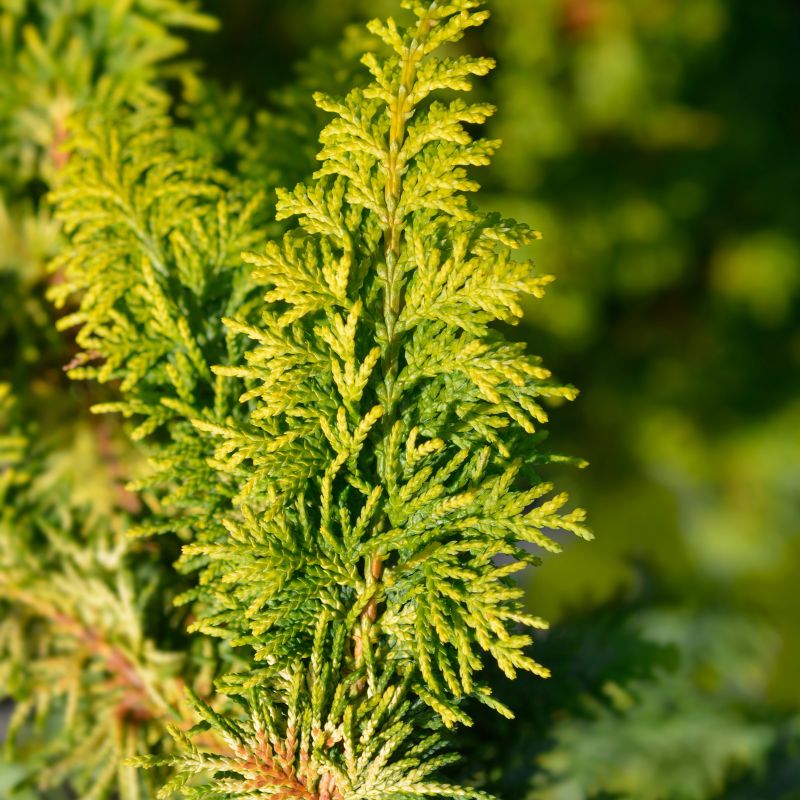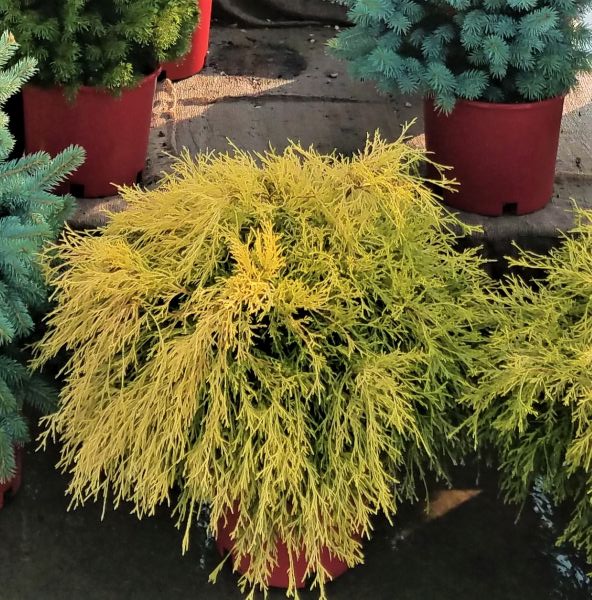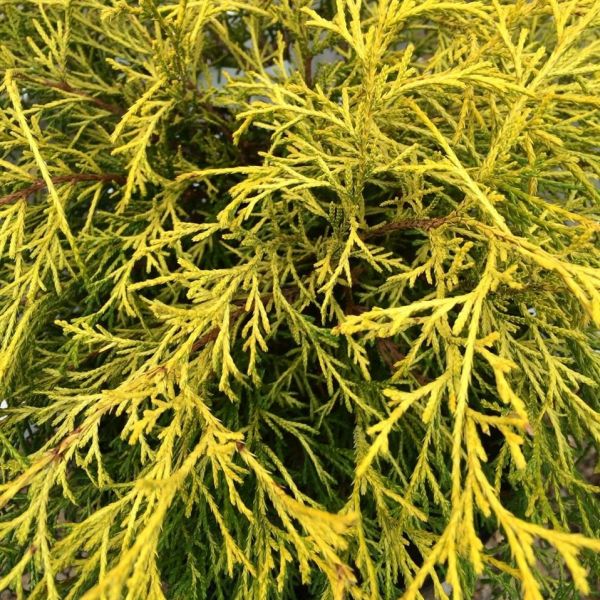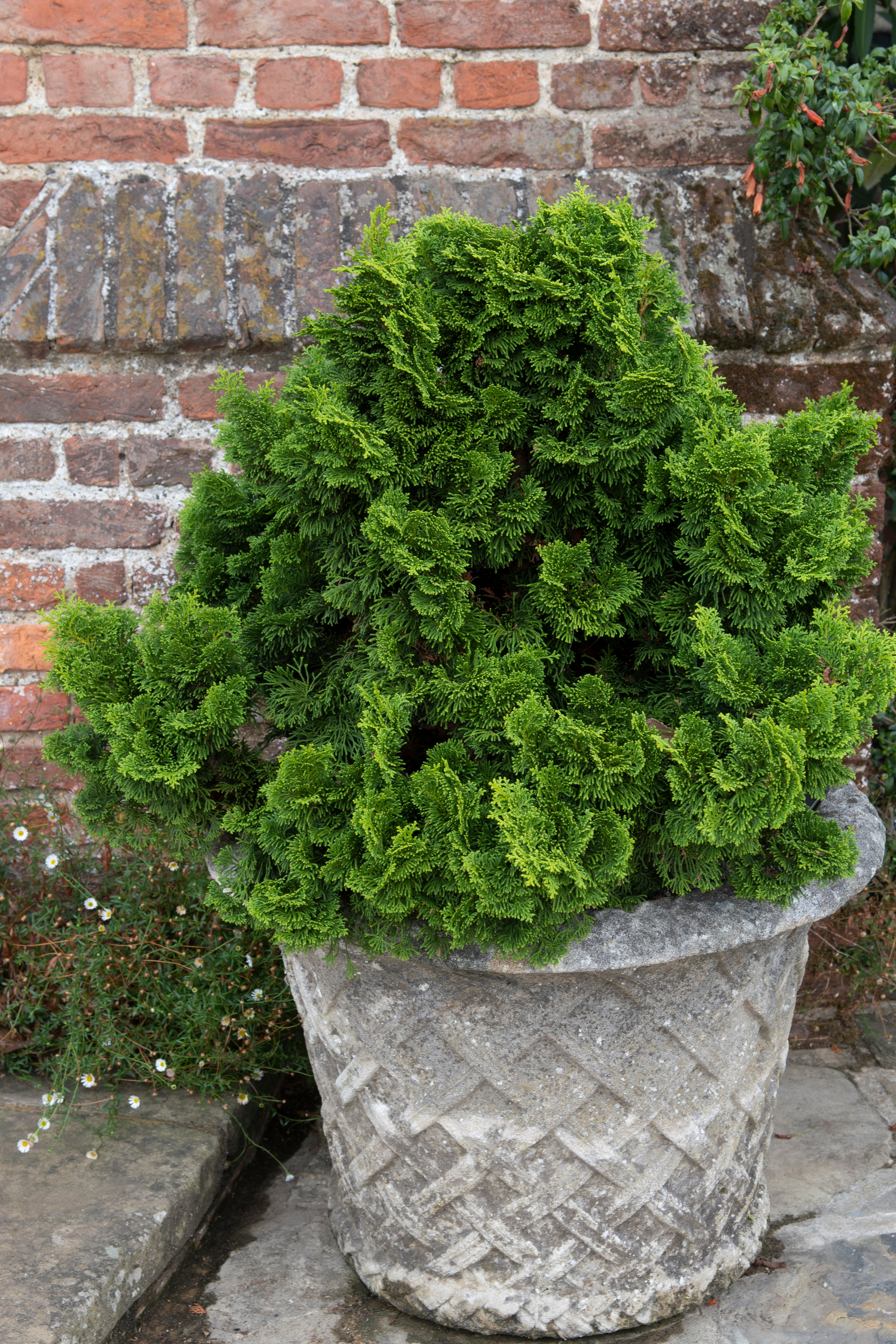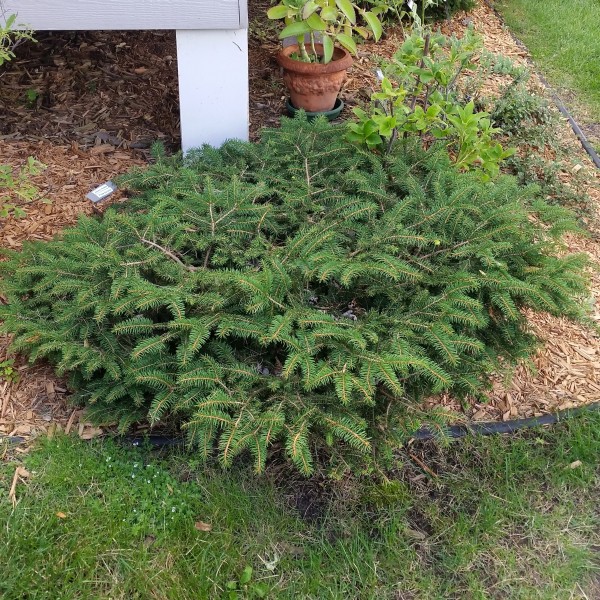
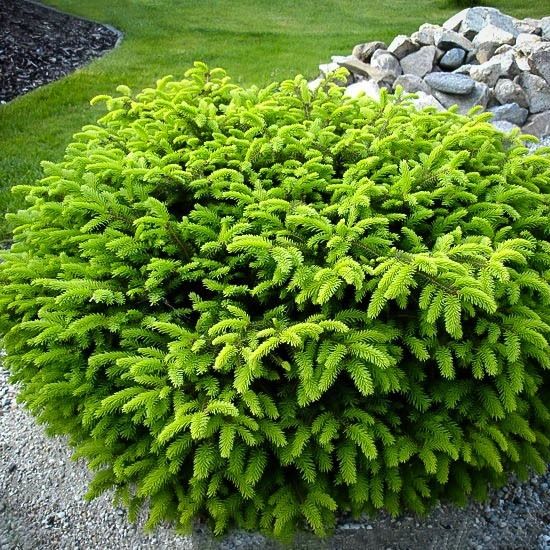
Bird's Nest Spruce
Picea abies 'Nidiformis'
81 reviews
Bird's Nest Spruce
Picea abies 'Nidiformis'
81 reviews
- Dwarf, compact size making it perfect for small gardens or containers
- Unique, bird's nest shape adds an interesting focal point to your landscape
- Low maintenance and disease resistant, great for beginner gardeners
- Recommended by landscape designers for optimal fit in real yards
$117.00
$168.00
30% Off
- Ships to in 3 to 7 days
- Free Shipping Over $150
- Plant Arrival Guarantee
- In Stock
- Free Plant Consult
$200 - Landscape-Approved: Every Plant We Sell Comes With Design Expertise Behind It
2.5 Gallon
Not just beautiful - intentionally selected by ShrubHub's 3D landscape design team to fit real-world spaces and maximize yard potential.
Why Bird's Nest Spruce?
Bird's Nest Spruce is a unique dwarf variety of Norway spruce with a compact, rounded form and a distinctive nest-like appearance. This slow-growing evergreen tree is ideal for small gardens, rockeries, or borders. Its dark green, densely packed needles and neat, symmetrical shape make it a striking addition to any landscape. Bird's Nest Spruce is low-maintenance and easy to grow.
People who loved this plant also bought
Sunlight
Bird's Nest Spruce prefers full sun to partial shade with at least 6 hours of sunlight per day. It can tolerate some shade but may become leggy and lose its compact shape. Adequate sunlight is essential for healthy growth and vibrant foliage color.
Watering
Bird's Nest Spruce prefer consistently moist soil, but not waterlogged. They do best in well-draining soil and should be watered regularly during the growing season. Reduce watering in the winter months, allowing the top few inches of soil to dry out betwe
Fertilizing
Bird's Nest Spruce requires a well-balanced fertilizer with a slow-release formula. It is recommended to use a fertilizer specifically designed for evergreen trees, applying in early spring before new growth appears. Avoid using excessive amounts of fertil
Bird's Nest Spruce (Picea abies 'Nidiformis')
The Bird's Nest Spruce, also known by its botanical name Picea abies 'Nidiformis', is a dwarf evergreen conifer with a unique and distinctive nest-like shape. This slow-growing shrub features dense, dark green needles that spiral around the branches, giving it a compact and rounded appearance.
The Bird's Nest Spruce is an excellent choice for smaller gardens or rockeries, as its compact size makes it perfect for adding texture and structure to any landscape. It thrives in full sun to partial shade and prefers well-drained soil. This low-maintenance plant requires minimal pruning to maintain its shape, making it a popular choice for landscaping.
With its eye-catching form and year-round interest, the Bird's Nest Spruce is a versatile plant that can be used as a focal point in a garden bed or as a border plant. Its unique shape and color provide a striking contrast to other plants and shrubs in the garden.
Add the Bird's Nest Spruce to your garden to enjoy its beauty and uniqueness for years to come.
Plant Information:
| Botanical Name: | Picea abies 'Nidiformis' |
| USDA Zones: | 3 - 7 |
| Water: | Moderate - Low |
| Exposure: | Full Sun |
| Soil Needs: | Well Drained |
| Mature Height: | 3 feet |
| Mature Spread: | 4 - 5 feet |
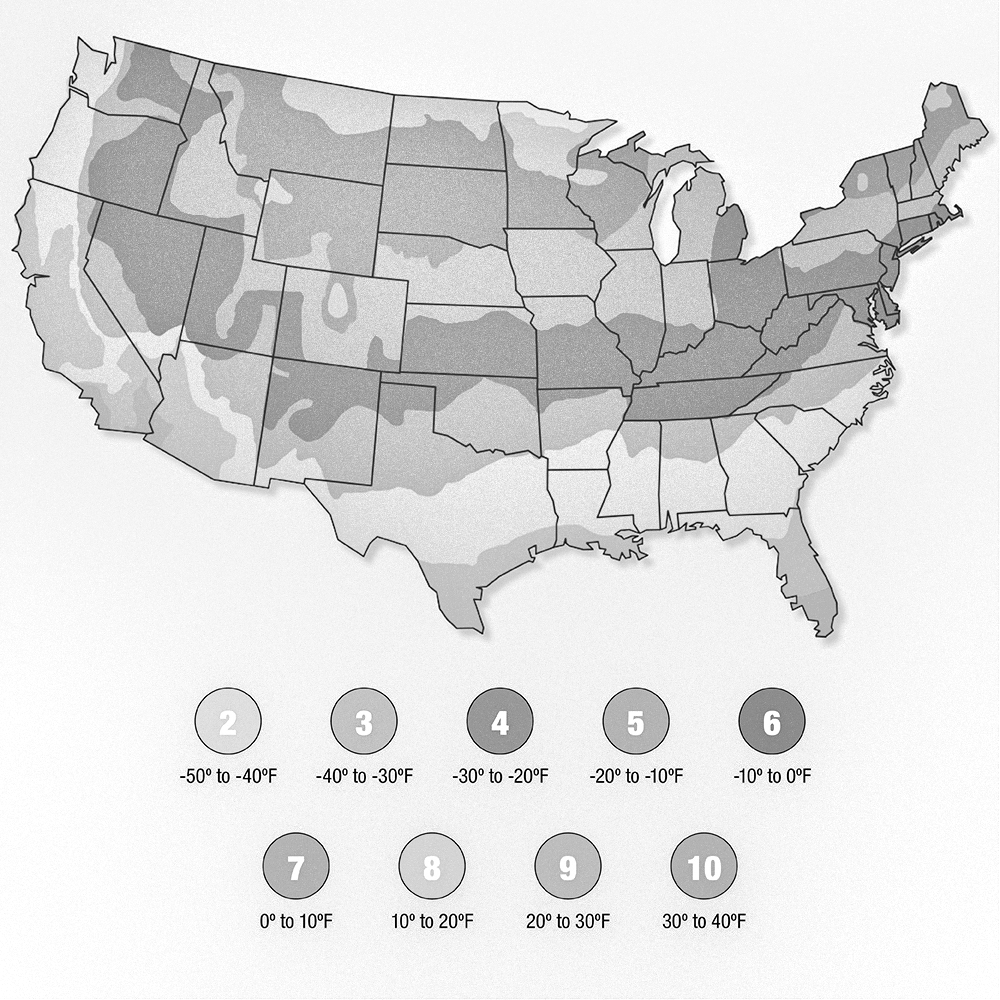
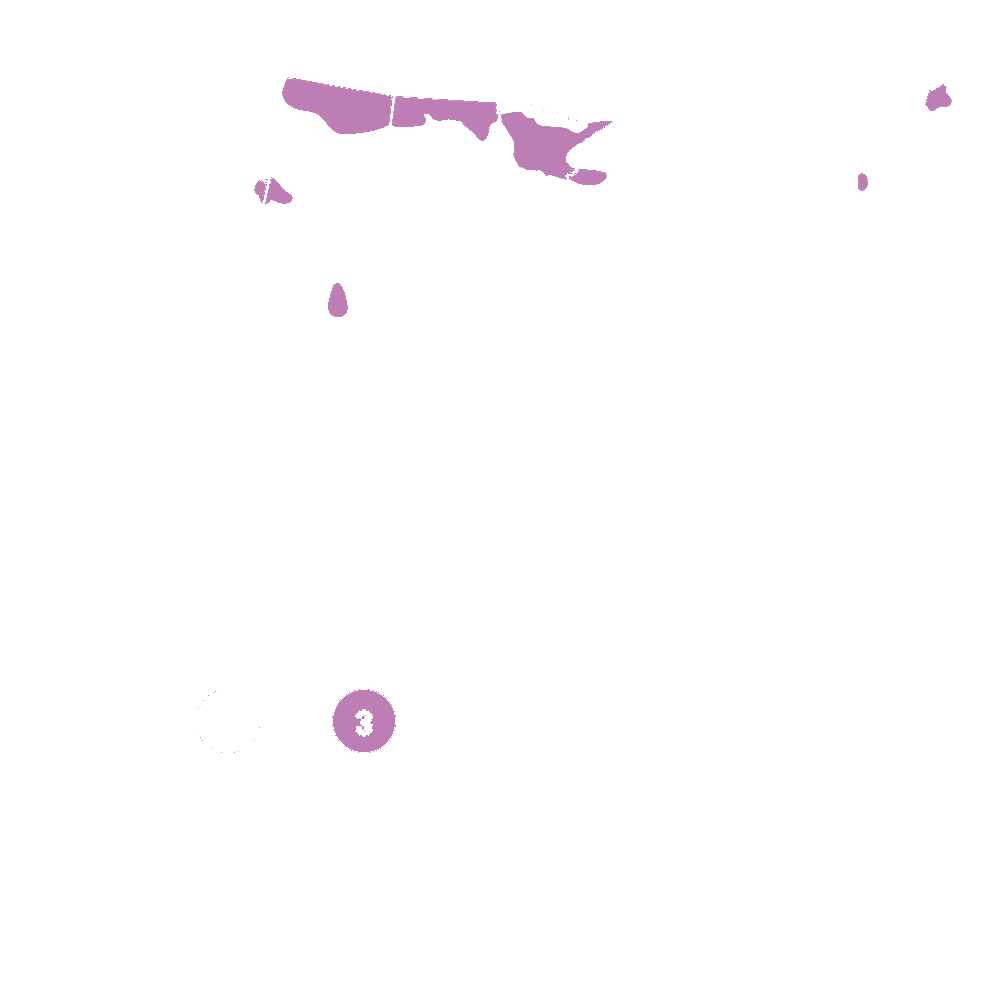
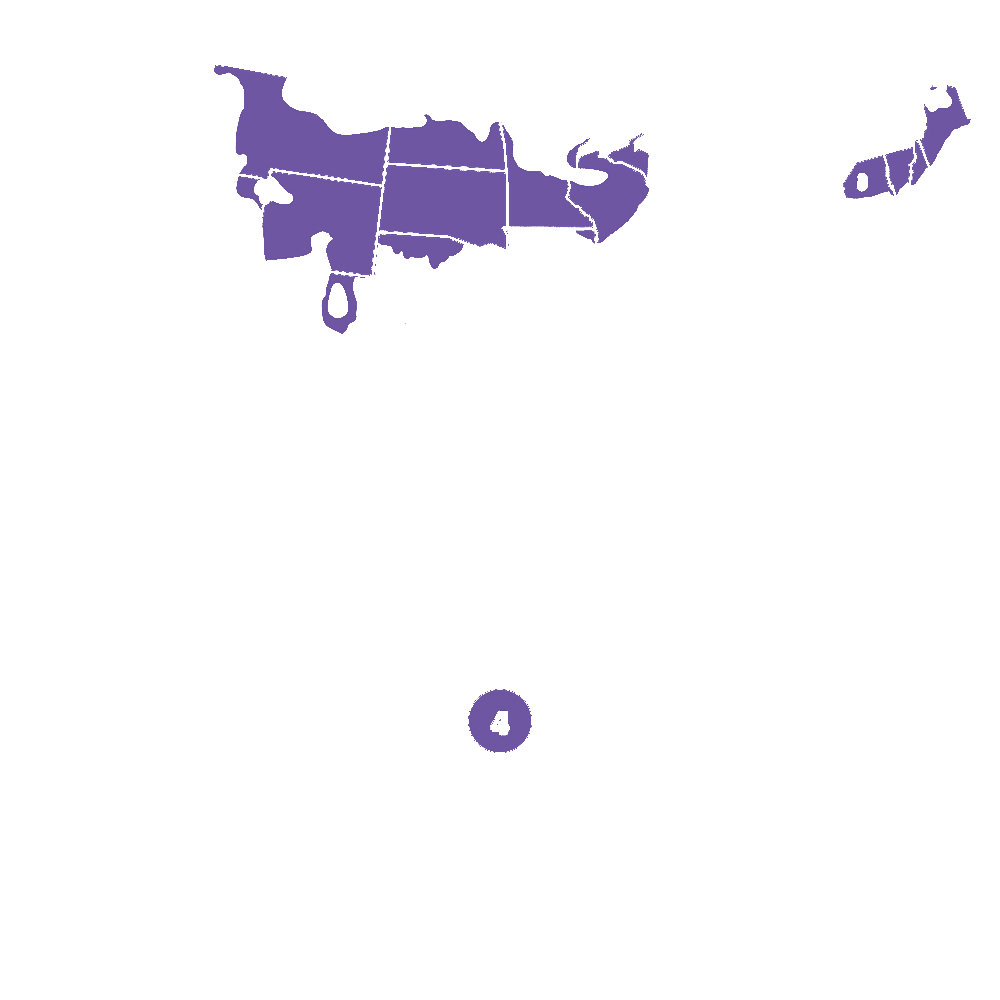
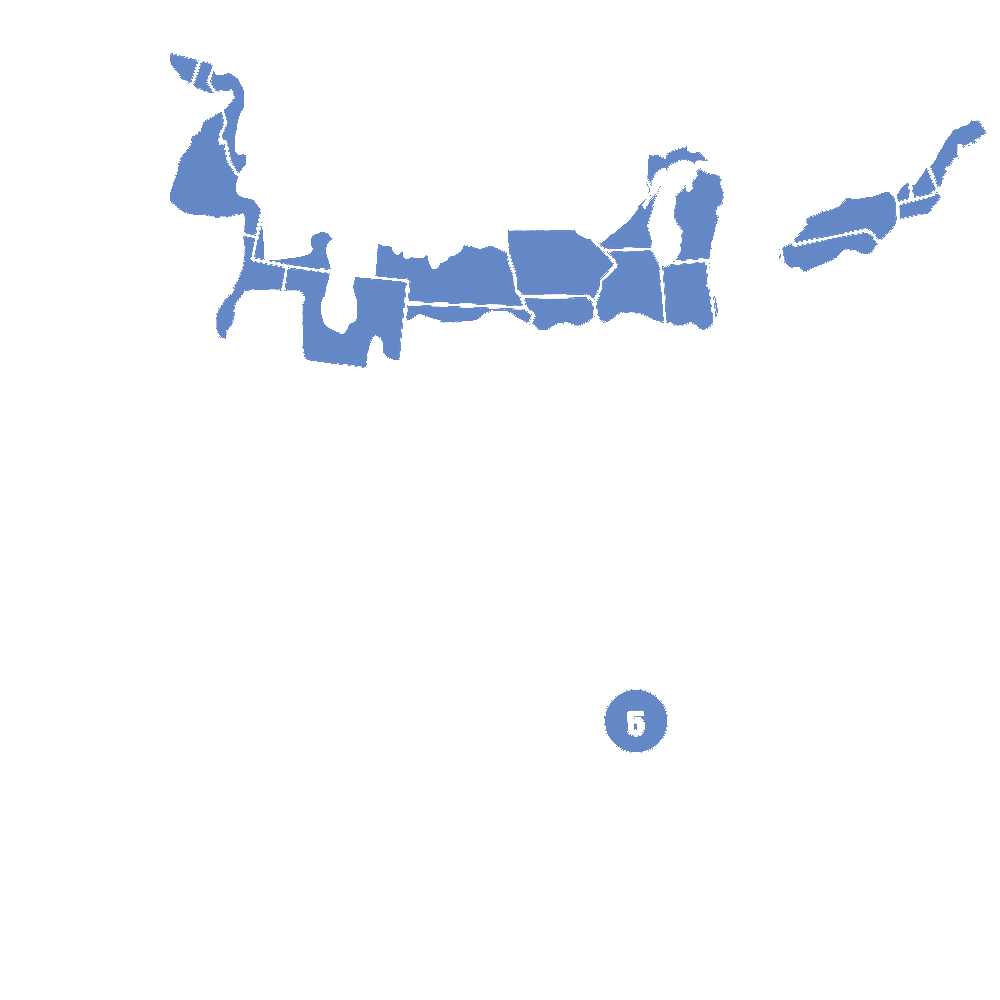
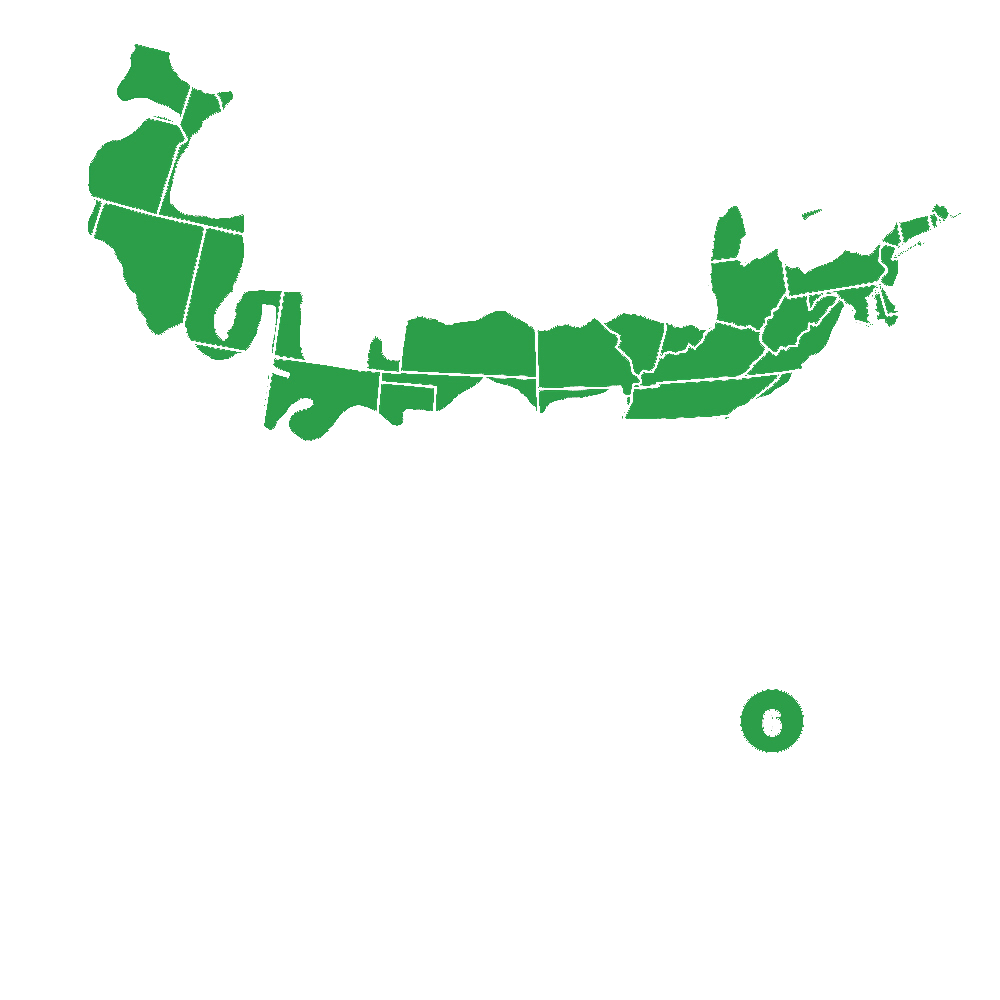
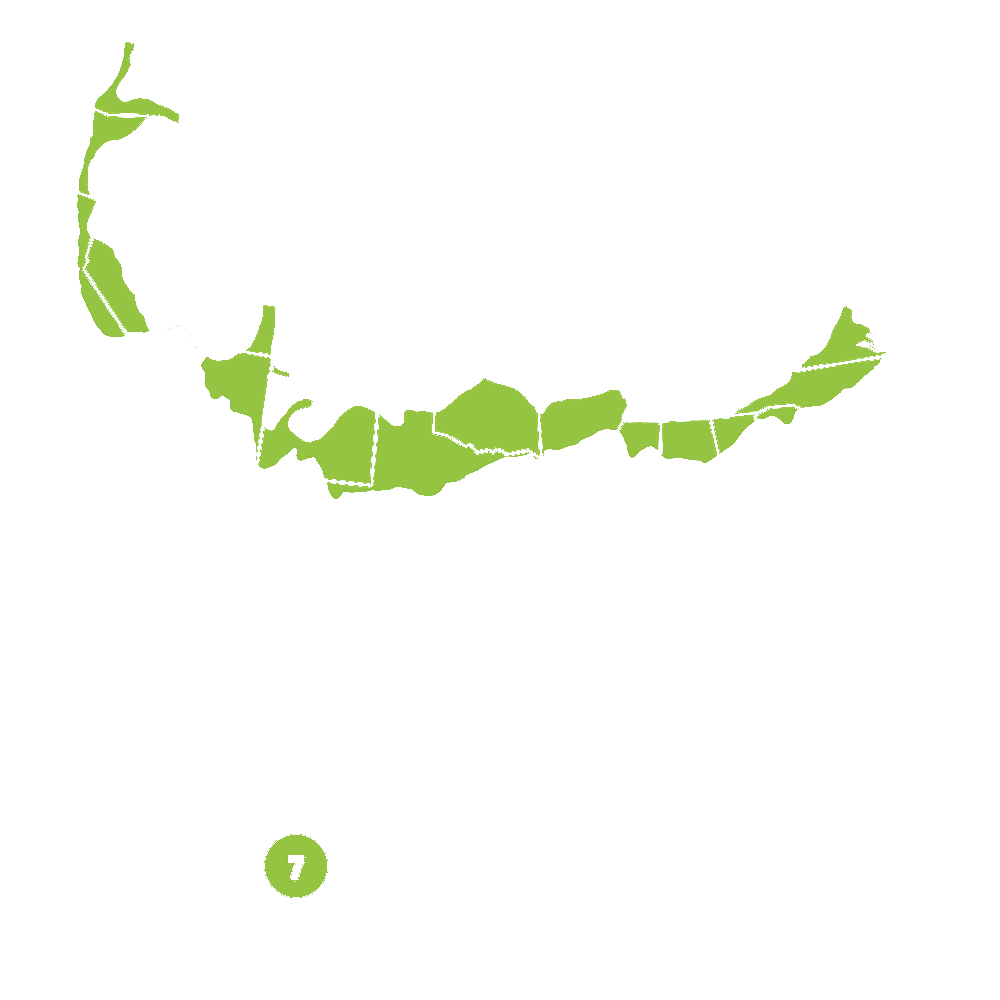
Pollination Info
Pollination Info for Bird's Nest Spruce (Picea abies 'Nidiformis')
Bird's Nest Spruce, scientifically known as Picea abies 'Nidiformis', is a dwarf evergreen conifer that is commonly grown for its unique nest-like shape. When it comes to pollination, Bird's Nest Spruce is a monoecious plant, meaning that it has both male and female reproductive structures on the same plant.
The male reproductive structures of the Bird's Nest Spruce are called pollen cones, which produce pollen grains. These pollen grains are released into the air and carried by the wind to reach the female reproductive structures of the plant.
The female reproductive structures of the Bird's Nest Spruce are called seed cones, which contain ovules that, when fertilized by pollen, develop into seeds. The seeds are then dispersed by birds or small mammals that feed on them, helping the plant to reproduce and spread.
Overall, pollination in the Bird's Nest Spruce occurs through the transfer of pollen from the male cones to the female cones, resulting in the production of seeds that ensure the continuity of this unique dwarf conifer.
FAQ
Bird's Nest Spruce FAQs
What is a Bird's Nest Spruce?
Bird's Nest Spruce (Picea abies 'Nidiformis') is a slow-growing, dwarf evergreen tree with a dense, compact, rounded shape that resembles a bird's nest.
How tall does a Bird's Nest Spruce grow?
On average, a Bird's Nest Spruce will grow to be about 2-4 feet tall and 3-5 feet wide over a period of 10 years. However, it can vary depending on growing conditions.
How do I care for a Bird's Nest Spruce?
To care for a Bird's Nest Spruce, plant it in well-draining soil in a location that receives full sun to part shade. Water regularly, especially during dry periods, and mulch around the base of the tree to retain moisture. Prune as needed to maintain its shape.
Can I grow Bird's Nest Spruce in a container?
Yes, Bird's Nest Spruce can be grown in a container. Make sure the container has drainage holes and use a well-draining potting mix. Water regularly and provide adequate sunlight for the tree to thrive.
Is Bird's Nest Spruce deer-resistant?
Yes, Bird's Nest Spruce is considered deer-resistant due to its dense foliage and compact shape. However, no plant is completely deer-proof, so it's always a good idea to take precautions if deer are a common issue in your area.
When is the best time to plant a Bird's Nest Spruce?
The best time to plant a Bird's Nest Spruce is in the spring or fall when the weather is cool and there is still some moisture in the soil. This will give the tree a chance to establish its root system before the heat of summer or the cold of winter.
Planting & Care
Planting & Care for Bird's Nest Spruce
Latin Name: Picea abies 'Nidiformis'
Planting:
- Choose a location with well-drained soil and full sun to partial shade.
- Dig a hole twice as wide as the root ball and just as deep.
- Place the plant in the hole and backfill with soil, tamping down gently as you go to remove air pockets.
- Water thoroughly after planting.
Care:
- Water regularly, especially during dry spells.
- Apply a layer of mulch around the base of the plant to help retain moisture and suppress weeds.
- Prune as needed to maintain the desired shape and size.
- Fertilize in the spring with a balanced fertilizer.
- Protect from strong winds, especially in winter.
Check Out These Verified Customer Reviews:
Customer Reviews
4.7 out of 5 based on 81 reviews
Thank you! Your review has been submitted.
Great customer service, helpful and responsive.
The Bird's Nest Spruce is thriving in my yard. It is a great addition to my outdoor space.
Beautiful tree, looks great in my garden.
Item has been added to your cart.

